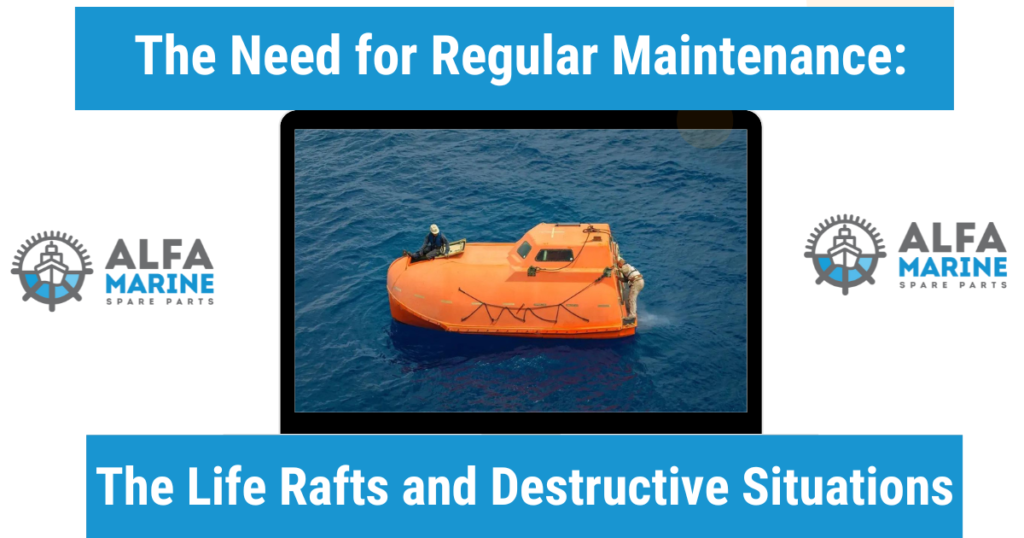
Life rafts come in different sizes. It is, therefore, wise to pick a raft that is accommodating to all passengers in the boat. When deciding upon the life raft, you need to choose a capacity that is higher than the number of people on your ship. Thus, this makes everyone feels safe even in the case an evacuation is necessary.
Emergency Beacons: Signal for Help is Sent.
The emergency beacons are electronic devices that put into circulation the distress signals to search and rescue groups.
Emergency Position-Indicating Radio Beacon (EPIRB): These buoys give off a distress signal that can be be detected by the satellites circling the Earth, and as a result, rescue action can be taken across the globe.
Personal Locator Beacon (PLB): These flares on the other hand, send out a distress signal that can be gotten by search and rescue airplanes and various satellites. PLBs usually are meant to be used by individuals.
Activation Made Easy: Looking for Help or Calling for Help from Somebody who can Help us.
Vast majority of emergency beacons activate without much hassle. Mainly, the distress beacons have simple button or action mechanism resulting in easy transmission of distress sign during stressful conditions. Once triggered, the beacon will send signals including your location and ID information to the rescuers guiding them to where you are within a short time.
The Need for Regular Maintenance: The Life Rafts and Destructive Situations
Just like your car goes regularly to a mechanic, life rafts and emergency beacons have to be serviced at specific frequency to get them in a condition so they can be used during an emergency.
Life Rafts: Organize to have regular inspections done by professionals at set intervals to make sure that all the equipment is good condition and all the needed supplies are present and haven’t expired.
Emergency Beacons: Let batteries in your emergency beacon be replaced following the manufacturer recommendations. Certain lighthouses also registration with the nearby search and rescue professional.
Remember: Enquire safety equipment and practice proper maintenance practices to avoid accidents, enable you have good experience with your boating.
Beyond the Essentials: Additional safety tips.

Take a Boating Safety Course: The introduction of correct boating safety methods and laws will significantly minimize the possibility of happening accidents.
Always Check Weather Conditions: First and foremost check for weather conditions and their possible hazards before going on the water.
File a Float Plan: Tell someone about your boating plans, include your intended route, estimated time of return and the number of the people on board (as well as any other important information).
Life Jackets for Everyone: Make sure that each passenger is equipped with a jacket that fits well and is familiar with how to wear it right.
These guidelines along with providing your watercraft with essential safety equipment such as life rafts and emergency beacons will empower you enough to set out on the seas without hesitations but with a confidence that you will have a fun and safe time.
General FAQs
Q: What are those critical things to have on a boat for security?
A: Besides the life rafts and the emergency beacon other top safety must-have’s include a life jacket for everyone on the ship, a first-aid kit, fire extinguisher and flares as well.
Q: What are the steps involved in boating safety education?
A: Taking a boating safety course will help you understand the importance of safety on the water and teach you boating practices and regulations. Most boating associations and government agencies have boating safety courses for their members.
Life Raft FAQs
Q: I am wondering, what size life raft should I take care of for my boat?
A: The life rafts come in different sizes. One of the good ways to approach this is through the purchase of a life raft with a capacity that is larger than the number of people on your vessel.
Q: How frequently should one check the life raft?
A: Life rafts should be inspected by a competent professional at least once a year or so as prescribed by the manufacturer.
Emergency Beacon FAQs
Q: What are the features of EPIRB’s and of PLB’s?
A: EPIRBs transmit a distress signal which satellites orbiting Earth can detect. Thus, precious time can be saved and a timely global search and rescue response be possible worldwide. PLB is devised for a personal use and sends out a distress call that can be located by air search and rescue teams and some satellites.
Q: In which department do I have to register my emergency beacon?
A: Registration procedures for Cospas-Sarsat Emergency beacons are applicable to where you are even if the locations differ. Make sure you ask your local boating authority about information related to emergency beacon registration.
The study of FAQs will leave you with more knowledge on the respective roles of life rafts and emergency beacons and also equip you with steps on how to prioritize safety on your future aquatic escapades Note that, after all, both safe and sensible behavior and using all the required shaping gear to the fullest are the essential issues for having a good time on the water.







